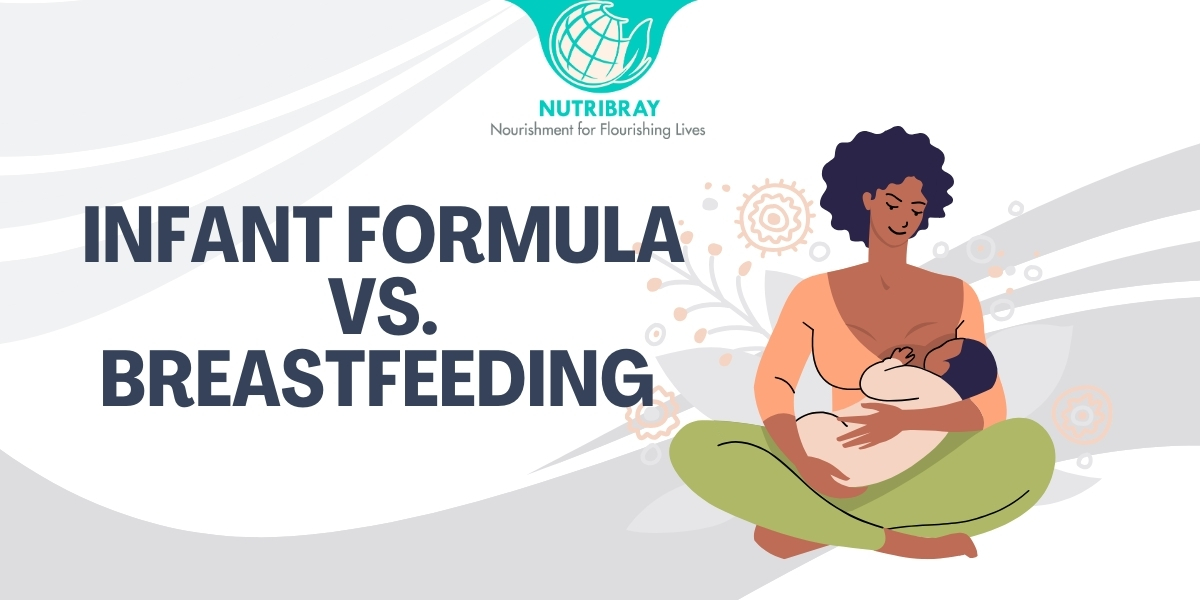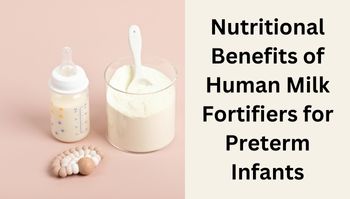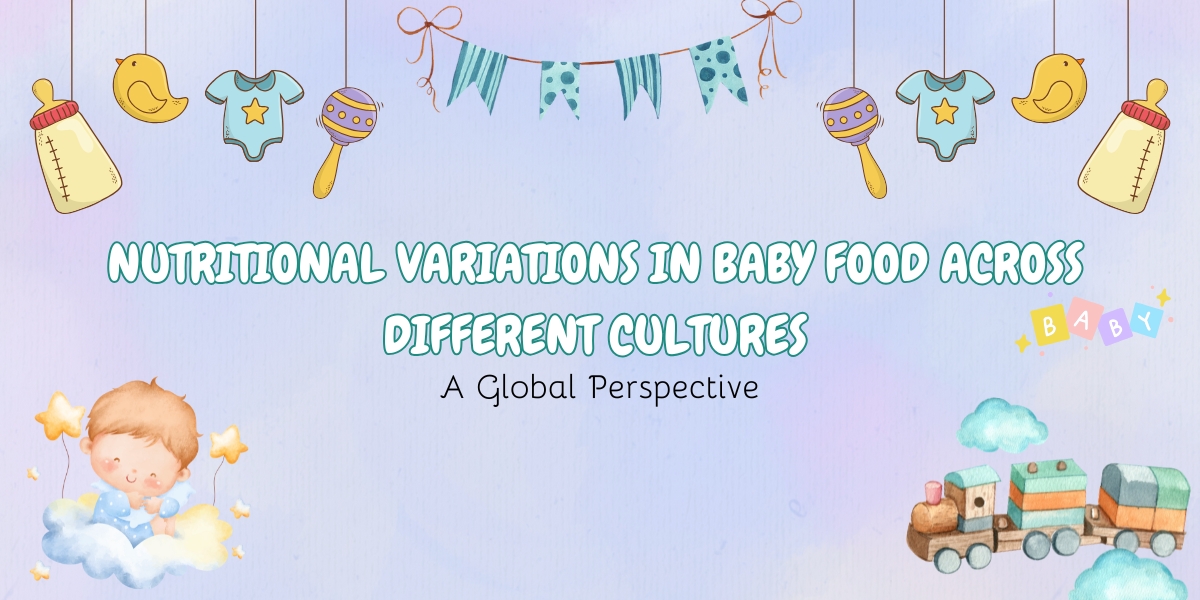For most infants, standard milk-based formulas provide complete nutrition and are well-tolerated. However, for babies with food allergies or sensitivities, these standard formulations can trigger uncomfortable and sometimes serious symptoms. As a leading hypoallergenic formula manufacturer in India, Nutribray Health Care specializes in developing nutritional solutions that address these specific challenges while ensuring optimal growth and development for sensitive infants.
Understanding Infant Food Allergies and Sensitivities
Food allergies and sensitivities in infancy can manifest in various ways and significantly impact a baby's comfort, nutrition, and overall well-being.
Common Allergens in Standard Formulas
Standard infant formulas typically contain cow's milk protein, which is one of the most common allergens affecting babies. Other potential allergens include soy, corn, and various carbohydrate sources used in conventional formulations.
Recognizing the Signs of Formula Intolerance
Parents should be alert to various symptoms that might indicate their baby is reacting to standard formula:
- Excessive crying or irritability, particularly after feeding
- Skin rashes, eczema, or hives
- Digestive issues such as vomiting, diarrhea, or constipation
- Blood in stool
- Poor weight gain or failure to thrive
- Respiratory symptoms like wheezing or congestion
- Sleep disturbances related to discomfort
Different Types of Reactions
It's important to distinguish between different types of adverse reactions to formula:
- True allergies: These involve the immune system and can range from mild to severe
- Intolerances: These typically relate to difficulty digesting certain components (like lactose)
- Sensitivities: These may cause discomfort but don't involve the immune system or cause digestive failure
How Hypoallergenic Formulas Address Infant Sensitivities
As a specialized infant formula manufacturer, Nutribray has developed advanced hypoallergenic formulations that address the unique needs of babies with food sensitivities.
Protein Hydrolysis Technology
Hypoallergenic formulas utilize protein hydrolysis—a process that breaks proteins down into smaller peptides that are less likely to trigger allergic reactions. This technology reduces allergenicity while maintaining nutritional value.
Degrees of Hydrolysis
There are different levels of protein breakdown in hypoallergenic formulas:
- Partially hydrolyzed formulas: These contain proteins broken down into medium-sized peptides and are suitable for babies with mild sensitivities or for allergy prevention
- Extensively hydrolyzed formulas: These break proteins down into very small peptides and are designed for infants with confirmed allergies
- Amino acid-based formulas: These contain free amino acids rather than peptides and are the least allergenic option for severely allergic infants
Free From Common Allergens
Nutribray's hypoallergenic formulas are carefully designed to eliminate common allergens while ensuring complete nutrition. Many are free from:
- Cow's milk protein
- Lactose
- Soy protein
- Gluten
- Artificial colors and flavors
Balanced Nutritional Profile
Despite removing allergenic proteins, Nutribray ensures their hypoallergenic formulas maintain a complete nutritional profile that supports normal growth and development, including:
- Alternative protein sources that provide all essential amino acids
- Appropriate fat blends including essential fatty acids
- Carbohydrates for energy
- Vitamins, minerals, and trace elements at levels suited for infant development
When to Consider Hypoallergenic Formula
Understanding when a hypoallergenic formula might be appropriate is crucial for parents and healthcare providers.
Medical Indications
Hypoallergenic formulas are typically recommended in several scenarios:
- Diagnosed cow's milk protein allergy
- Multiple food protein allergies
- Severe eczema or atopic dermatitis
- Family history of significant allergies
- Failure to thrive on standard formulas
- Persistent digestive symptoms despite dietary modifications
Preventive Use
In some cases, hypoallergenic formulas may be recommended preventively:
- For infants with strong family history of allergic conditions
- As a supplement when breastfeeding isn't possible for high-risk infants
- Following an allergic reaction to standard formula
Healthcare Provider Guidance
The decision to use hypoallergenic formula should be made in consultation with a healthcare provider who can:
- Evaluate symptoms and possibly order diagnostic tests
- Recommend the appropriate type of hypoallergenic formula
- Monitor the baby's response to the new formula
- Provide guidance on feeding techniques and appropriate volumes
Types of Hypoallergenic Formulas from Nutribray
As a dedicated lactose-free formula (LF Formula) manufacturer in India, Nutribray offers various specialized formulations to address different levels of sensitivity.
Partially Hydrolyzed Preventive Formulas
These formulas are designed for babies at risk of developing allergies but who haven't yet shown symptoms. The proteins are partially broken down to reduce allergenicity while maintaining good taste and digestibility.
Extensively Hydrolyzed Therapeutic Formulas
For infants with confirmed cow's milk protein allergy, Nutribray's extensively hydrolyzed formulas provide comprehensive nutrition with minimal allergenicity. These formulas undergo rigorous processing to break down proteins into peptides small enough to avoid triggering most allergic reactions.
Amino Acid-Based Elemental Formulas
In cases of severe multiple allergies or when infants don't respond to extensively hydrolyzed formulas, Nutribray offers amino acid-based formulas. These contain protein in its most basic form—free amino acids—virtually eliminating the risk of allergic reaction.
Specialty Formulas for Multiple Sensitivities
Some infants have complex nutritional needs, including multiple sensitivities. Nutribray develops specialty formulas that address combinations of issues such as:
- Milk protein allergy with lactose intolerance
- Allergies combined with reflux
- Sensitivities along with increased caloric needs
Transitioning to Hypoallergenic Formula
Moving from standard formula to a hypoallergenic option requires careful management to ensure success.
Gradual Introduction
A gradual transition often works best, mixing increasing amounts of the new formula with decreasing amounts of the old over several days, unless the baby has had a severe reaction requiring immediate and complete change.
Monitoring Response
Parents should carefully monitor their baby's response to the new formula, looking for:
- Improvement in symptoms like rash, digestive issues, or irritability
- Normal stool patterns
- Appropriate weight gain
- Overall comfort and satisfaction after feeding
Patience with Taste Differences
Hypoallergenic formulas—especially extensively hydrolyzed and amino acid-based types—have a different taste that some babies initially reject. Persistence and patience may be needed as the baby adjusts to the new flavor.
Follow-Up with Healthcare Providers
Regular check-ups help ensure the formula is meeting the baby's nutritional needs and that allergic symptoms are resolving appropriately.
Nutribray Health Care's commitment to developing advanced hypoallergenic formulas reflects their understanding of the unique challenges faced by infants with food sensitivities. By combining cutting-edge nutritional science with compassionate product development, they provide solutions that allow even the most sensitive babies to thrive.
For parents navigating the complex world of infant allergies, having access to high-quality hypoallergenic formulas can transform their feeding experience from one of anxiety and frustration to one of confidence and joy as they watch their baby grow comfortably and healthily. Through continued innovation and dedication to infant nutrition, Nutribray remains at the forefront of addressing these specialized nutritional needs.







